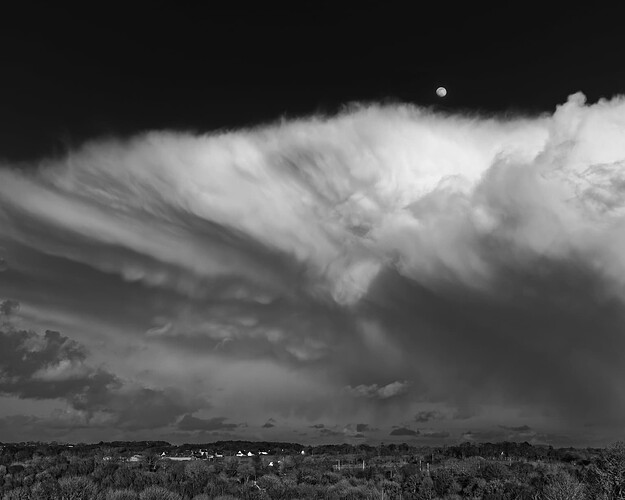Well, I disagree with one thing he says…
Why is it that with over 60 years of improvements in cameras, lens sharpness and film grain, resolution and dynamic range that no one has been able to equal what Ansel Adams did back in the 1940s?
He obviously hasn’t seen this shot by Helen…
Moonrise over Tréduder
All work from the Nikon D850 RAW to the finished result using PL5 and printed to 24" x 16" on our Canon Pro 1000 printer, it looks stunning on the wall.
